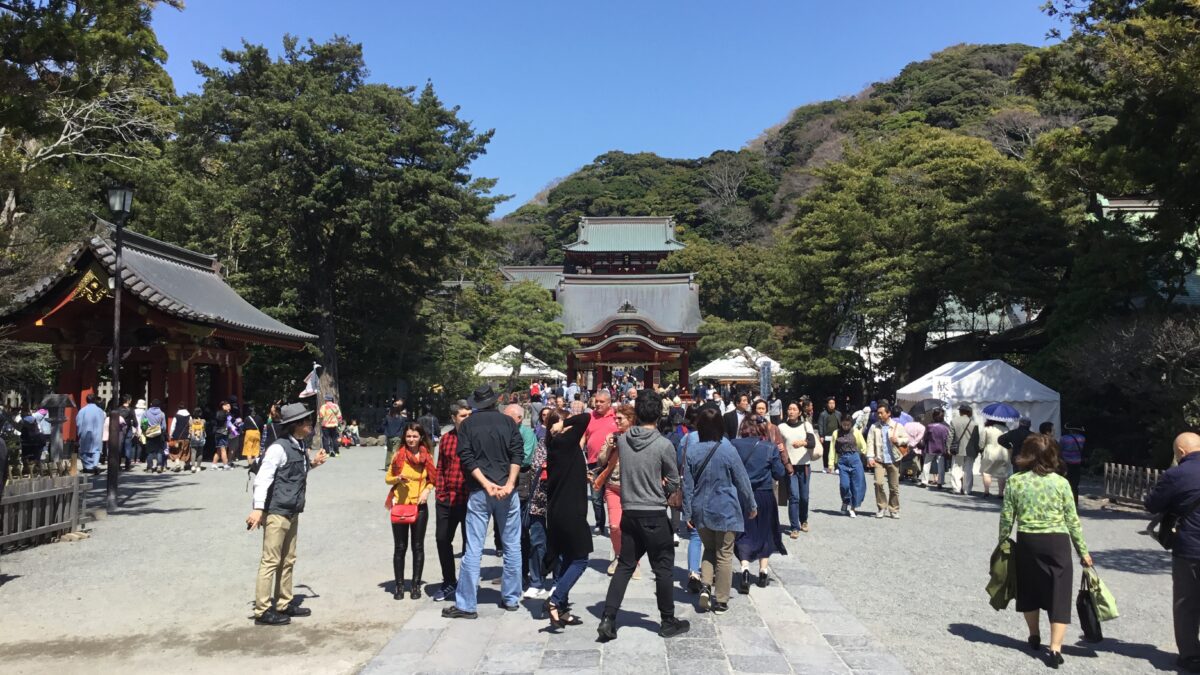Minamoto Yoritomo who was the first Samurai Shogun of Japan had founded the Kamakura Shogunate in the 12th century in Kamakura area.
In the middle of 12th century, two great clans had become powerful to control politics and support the Imperial court. The two clans were Heike and Genji.
Taira Kiyomori who was the top of Samurai in Heian era (794 – 1185) had established the base of Samurai world in Japan.
After his death, Minamoto Yoriitomo had decided to fight and destroy Heike and finally he won the war.
Yoritomo had placed the capital in Kamakura as the first Samurai government and established the original Samurai culture of simple and strong characteristic combined with common people culture.
The reason he selected this area is that Kamakura is surrounded by mountains on three sides and the forth of the city faces the sea, so it is difficult for enemies to attack Kamakura.
There are lots of temple of Zen Buddhism which Samurai specially had believed.
As such, the unique culture which are different from that of Kyoto and Nara has been established up to now.
After Kamakura government was ruined in 1333 and the capital had been transferred to Kyoto again, Kamakura once had lost prosperity. However, from Edo period (1603 – 1867), those temples has been revived combined with new scenic spots such as Enoshima-island, beaches and so-on and common people in Edo era had started to visit here as tour spots.
Further in 1889, after the train named Yokosuka opened, Kamakura has known as resort and villa area and the town many intellectuals gathered in all over Japan.
As such, the original culture of Samurai, natural features as fishing and farming village and fashionable atmosphere which people created are combined that has created unique town Kamakura.
At present, Kamakura is one of the representative tour spots in Japan where many surfers, sea bathers and tourists from all over the world.
1) The place where you can experience:
(Tsurugaoka Hachiman Shrine to feel magnificent and traditional architecture)*
Tsuruoka Hachiman Shrine deify the Shogun of Kamakura which was originally established in 1063 by Yoritomo’s grandfather.
Dankazura:
Yoritomo constructed a pilgrimage route in 1180 from the shrine toward Yuigahama beach to pray safe childbirth for his wife. The name of the route is Dankazura which is 500 meters long. This is a beautiful avenue of Cherry blossom tunnel as more than 300 cherry trees in springtime.
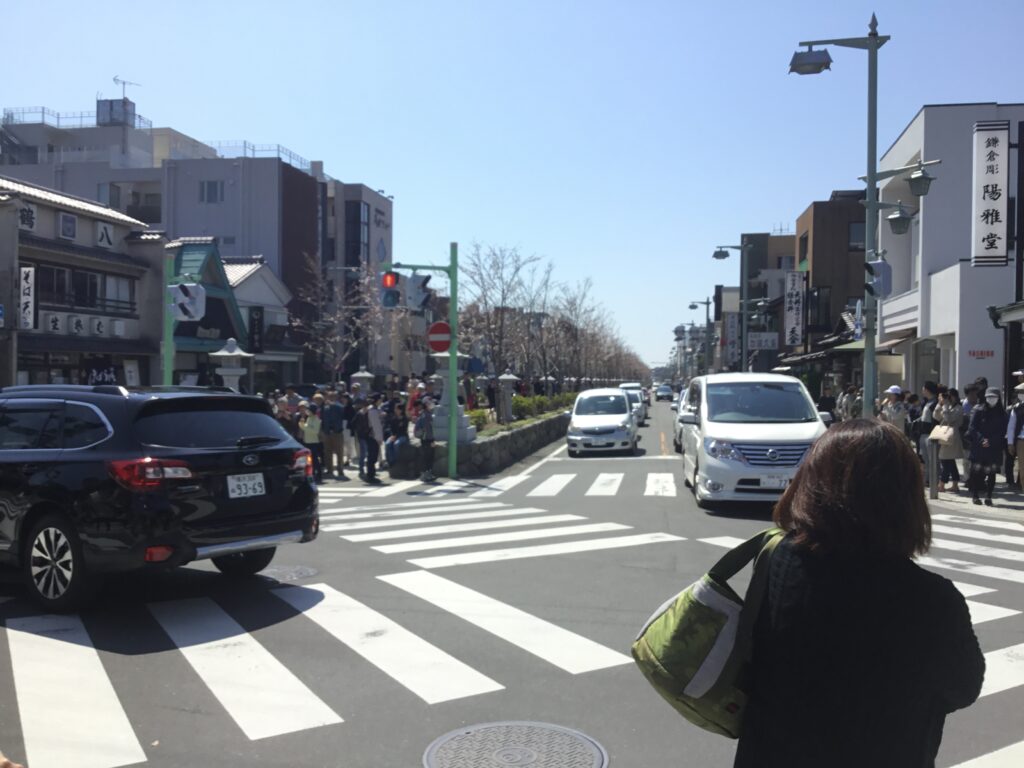
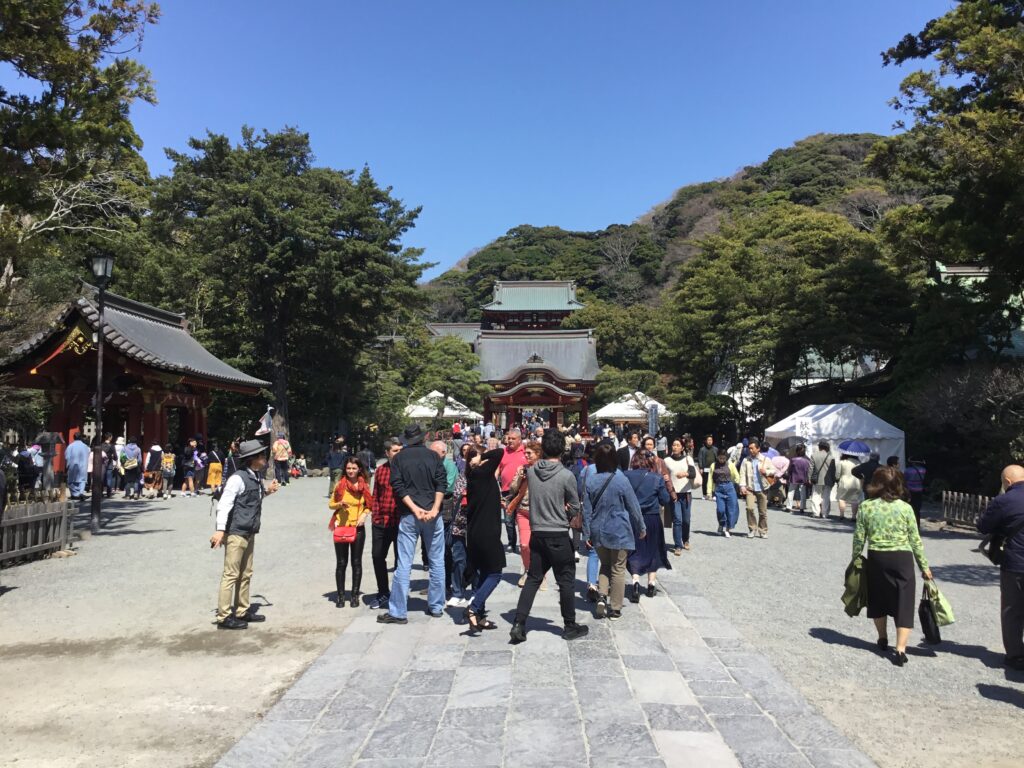
Genpei pond and Taikobashi-bridge:
This pond located just after going through the third shrine gate was made by order of Yoritomo.
This pond is called “Genpei pond”. It is separated by a bridge called “Taikobashi-bridge”.
The pond on the right is called “Gen” which stand for the Mnamoto. The pond on the left is called “Pei” which stand for the Taira. The pond of Pei was constructed with death image and that of Gen with the image of prosperity.
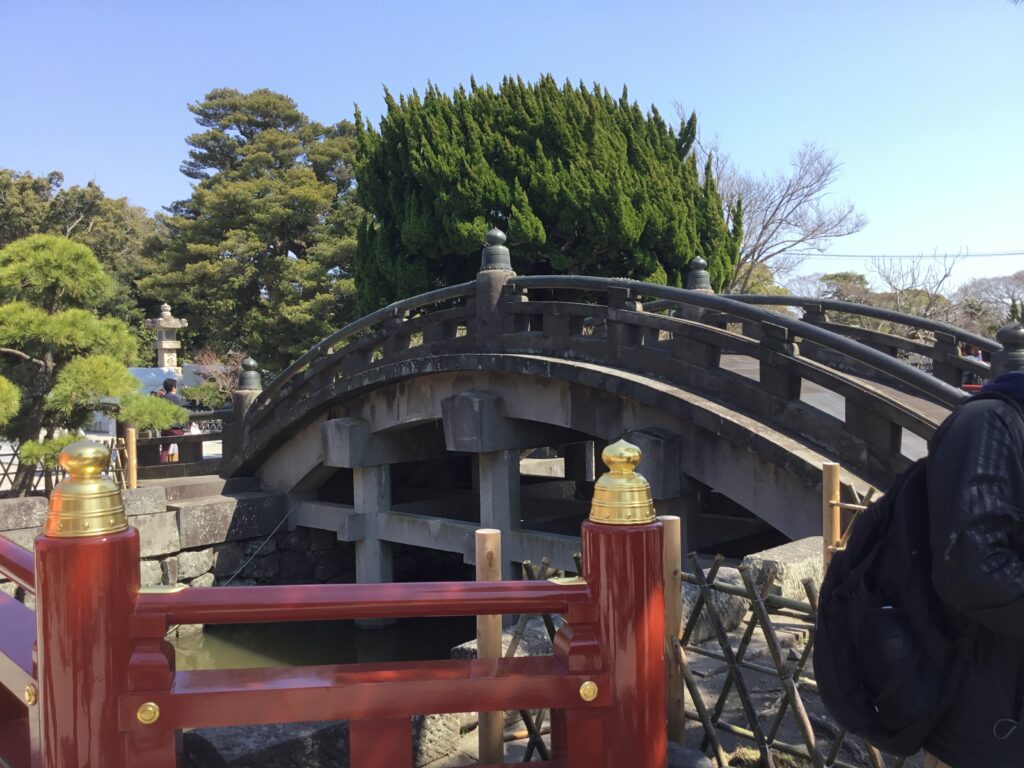



Maiden(The Lower Worship Hall):
This building is to pray the main shrine from under the stone steps.



Wakamiya(The secondary Shrine):
This building is the style of Shinto architecture in which the main hall, Heiden (hall of offering) and worship hall share one roof, and are connected via an intermediate passageway which was restored in 1624 by Tokugawa 2nd shogunate, Hidetada.

Hongu(The Main Shrine):
This building was constructed in 1828 by Tokugawa 11th Shogunate, Ienari whose style is Edo architecture. The entire building inside and outside is rich colored and various gorgeous sculpture are set there.



2) The place where you can enjoy:
(Kamakura station building):
The building has gable roof with the design as long flat house designed and built in 2017 by East Japan Railway company and Yokohama station building.
The depth of eaves overhanging the entire roof is the main characteristic
The interior is designed as Japanese atmosphere using open ceiling space made by woods.
This building is two floors above the ground and designed as the concept of simple and strong characteristic by excluding ornaments.
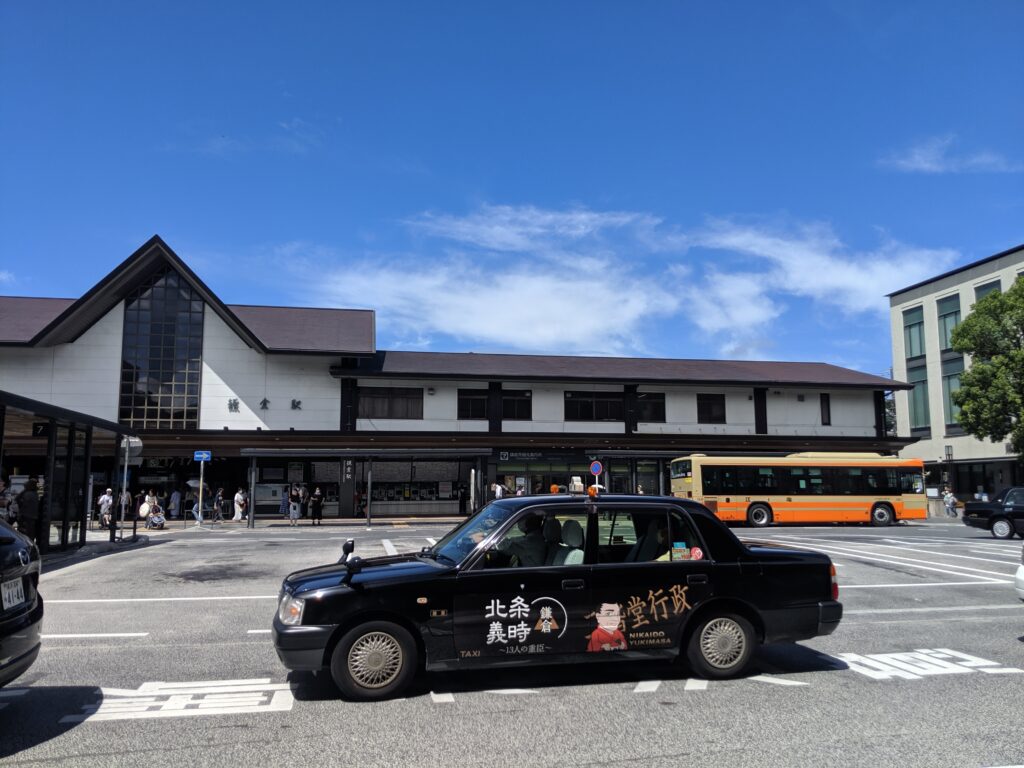
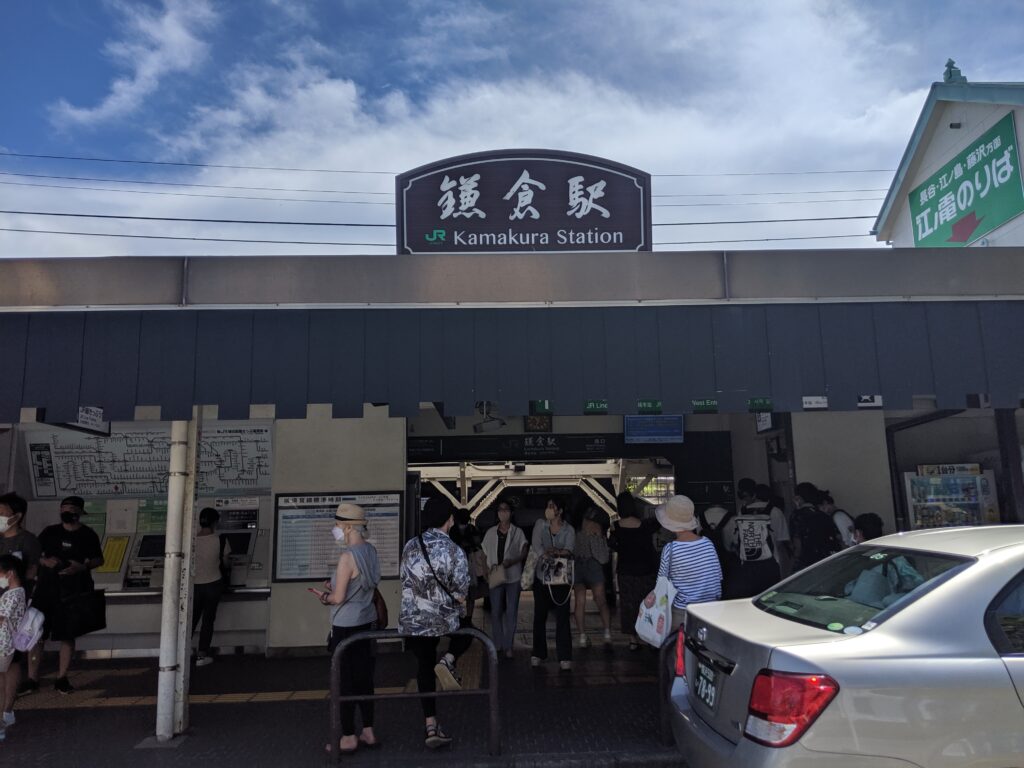
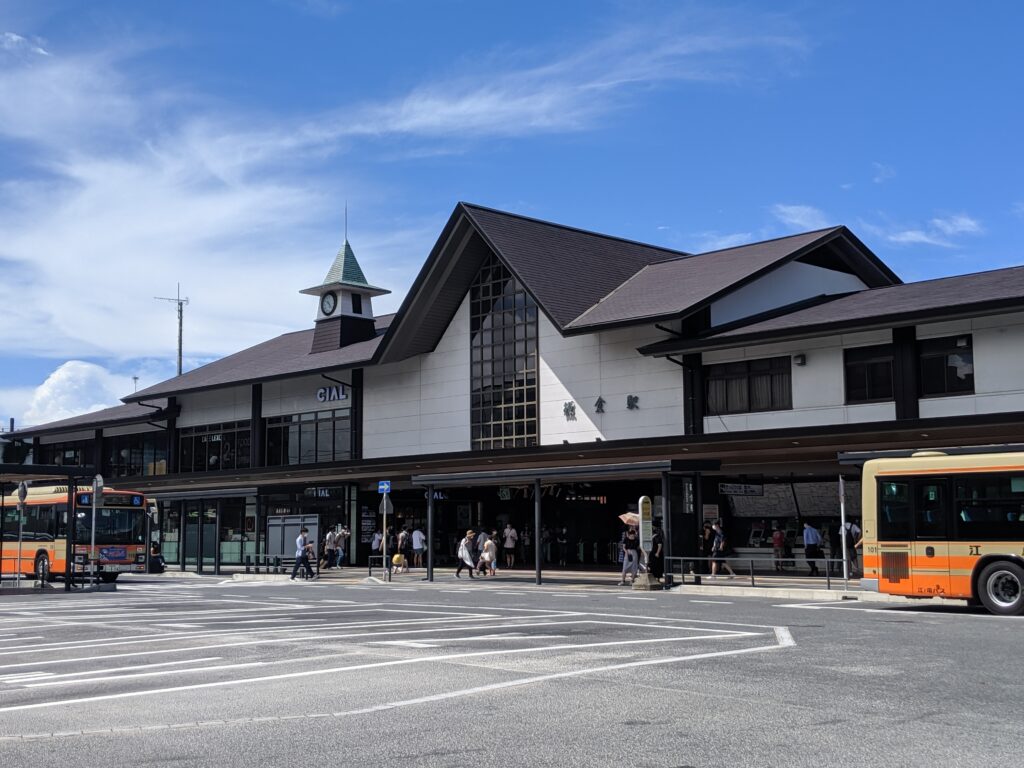

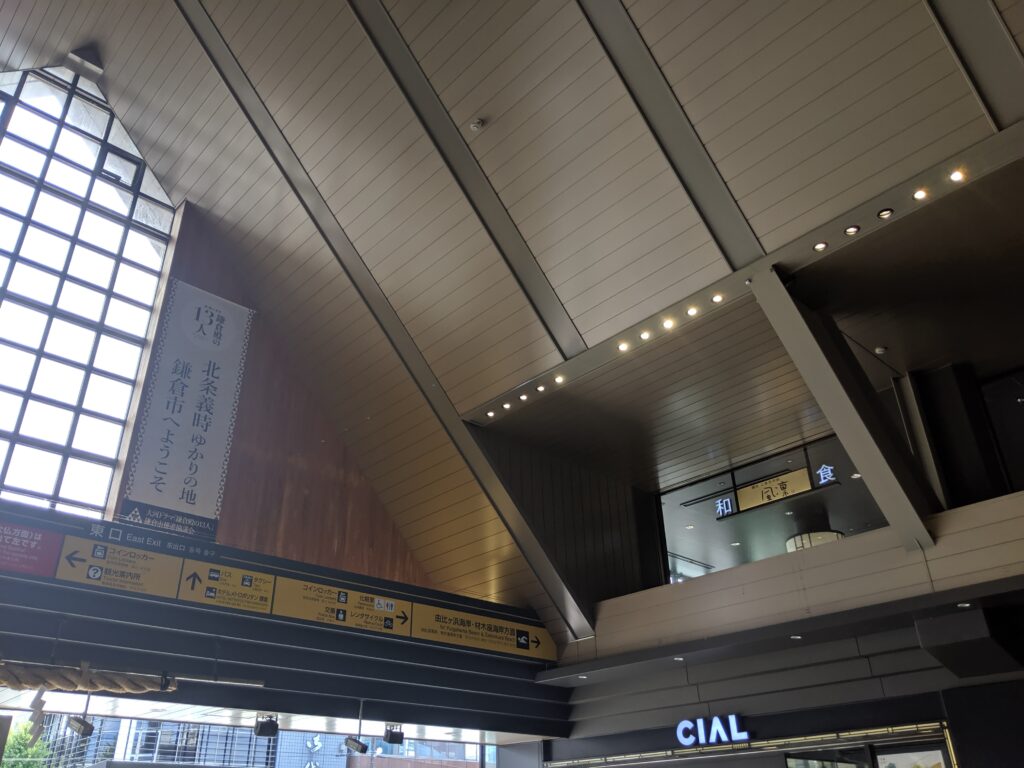
(Komachi street):
Komachi street from JR Kamakura station to Tsuruoka Hachiman shrine with about 300 meters long is lined up with more than 200 shops which includes various local souvenirs shops, restaurants , gourmets shops cafes, variety goods shops and so-on.

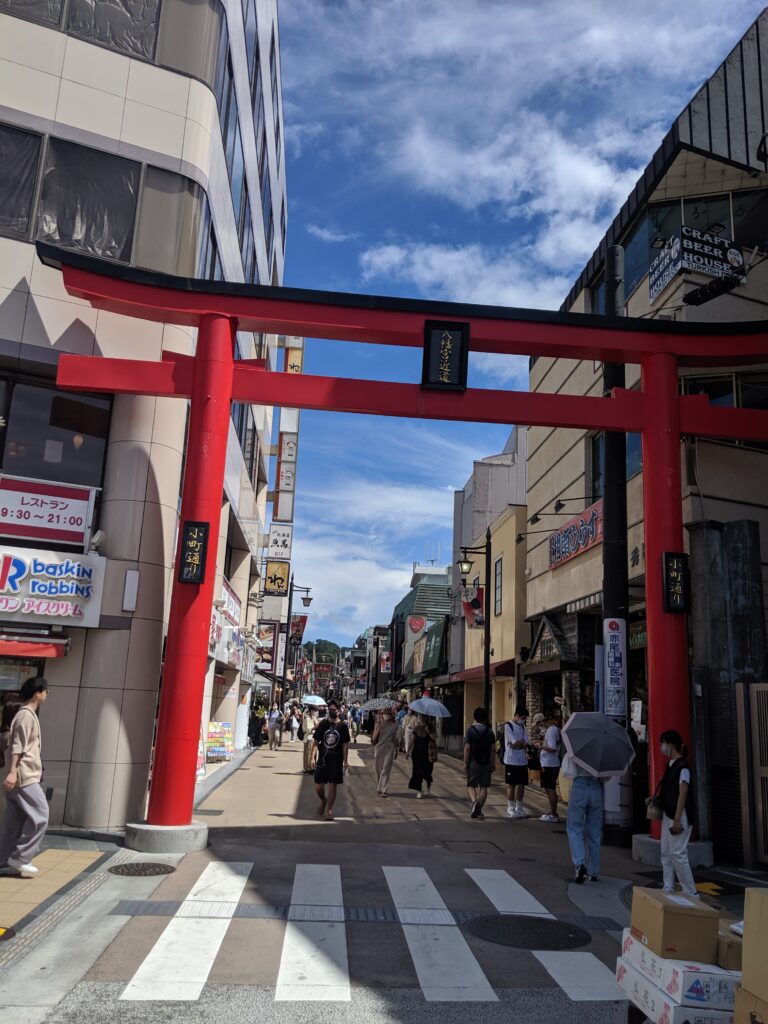

Japan Van prepares various tour itineraries for you to enjoy the view in Japan.
The minimum itinerary days is more than 5 days.
Contents of our service: We can arrange a car and a National Government Licensed Guide Interpreter for your trip.
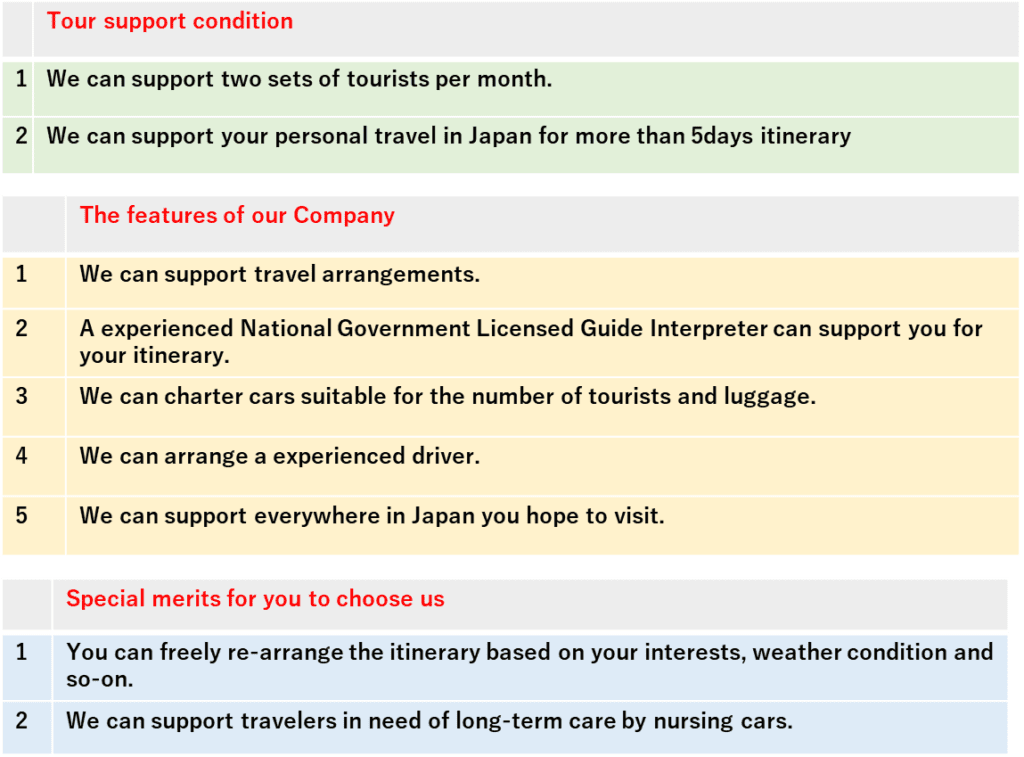
| Car charter and a guide condition | |
| 1 | Number of tourists: 2pax – 12pax |
| 2 | Charter time and guide condition: 12 hours (including 4 hours resting time) |
